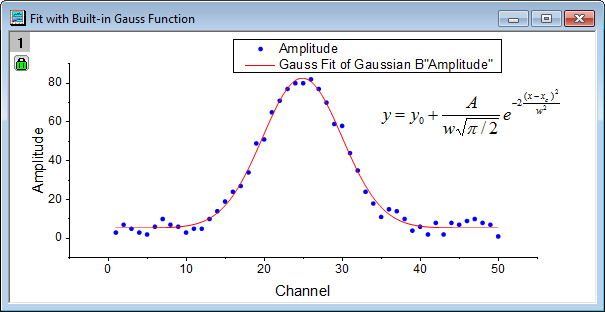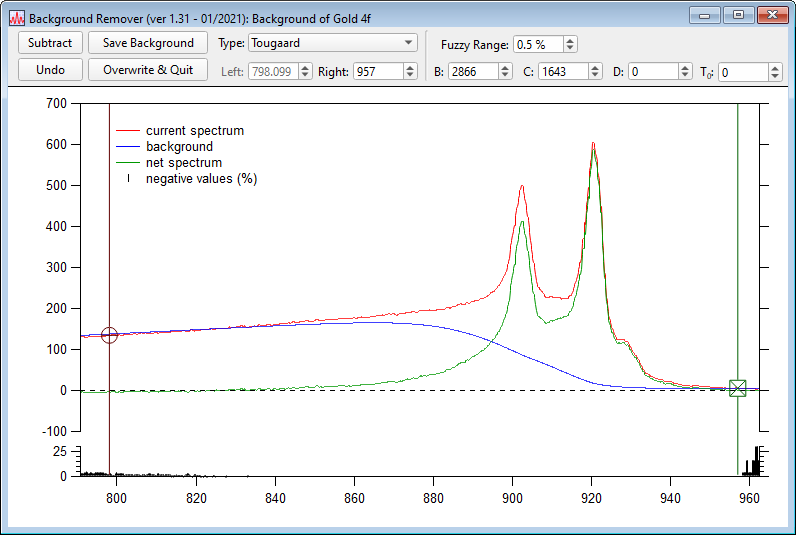

Growth kinetics of the fission yeast Schizosaccharomyces pombe have been particularly controversial. Thus, it is unclear if exponential growth is the general situation from which cells sometimes deviate or if it is one of many possible modes of cellular growth. However, there have been a number of reports of non-exponential cell growth, as well. Exponential cellular growth has been reported for many cell types, both prokaryotic and eukaryotic.

A simple corollary of this postulate is that cell mass increases exponentially over time. Since a cell’s biosynthetic capacity in nutrient-rich growth conditions is largely limited by its translational capacity, larger cells, with more ribosomes, should grow faster than smaller cells. The postulate that growth rate is proportional to cell size follows naturally from the assumption that, absent developmental or other constraints, cells grow as quickly as possible. In particular, it is critical to know if the rate of cell growth is proportional to cell size. Therefore, in order to understand how cells regulate their size, it is essential to understand how their growth rate changes with size. However, if growth is proportional to size and thus size increases exponentially with time, big cells will tend to get bigger and small cells will tend to stay smaller, necessitating an active size control mechanism to maintain size homeostasis in a population. If cells increase in size linearly with time, that is at a rate independent of cell size, size homeostasis can be maintained by growing for a fixed amount of time each cell cycle. The relationship between the rate of cellular growth and cell size has critical implications for the maintenance of cell-size homeostasis. Although the growth we observe is clearly more complicated than predicted by simple exponential growth, we find that exponential growth is a robust approximation of fission yeast growth, both during an unperturbed cell cycle and during extended periods of growth. Over this extended growth period, in which cells grow up to 5.5-fold, the two growth models diverge to the point that we can confidently exclude bilinear growth as a general model for fission yeast growth. Therefore, we contrived to have cells grow more than twofold, by holding them in G2 for up to 8 h. We have revisited the mode of fission yeast cell growth using high-resolution time-lapse microscopy and find, as previously reported, that these two growth models are difficult to distinguish both because of the similarity in shapes between exponential and bilinear curves over the two-fold change in length of a normal cell cycle and because of the substantial biological and experimental noise inherent to these experiments. The distinction between exponential and bilinear growth has been explored in particular detail in the fission yeast Schizosaccharomyces pombe. However, other modes of cell growth, including bilinear growth, have been reported.

The simple model that cell growth is proportional to cell size, based on the proposition that larger cells have proportionally greater synthetic capacity than smaller cells, leads to the prediction that the rate of cell growth increases exponentially with cell size. How the rate of cell growth is influenced by cell size is a fundamental question of cell biology. Analysis - Igor provides many analysis capabilities, including curve fitting, peak analysis, signal processing and statistics.
#Exponential curve fitting igor pro pro#
Igor Pro is an interactive software environment for experimentation with scientific and engineering data. Top Software Keywords Show more Show less


 0 kommentar(er)
0 kommentar(er)
